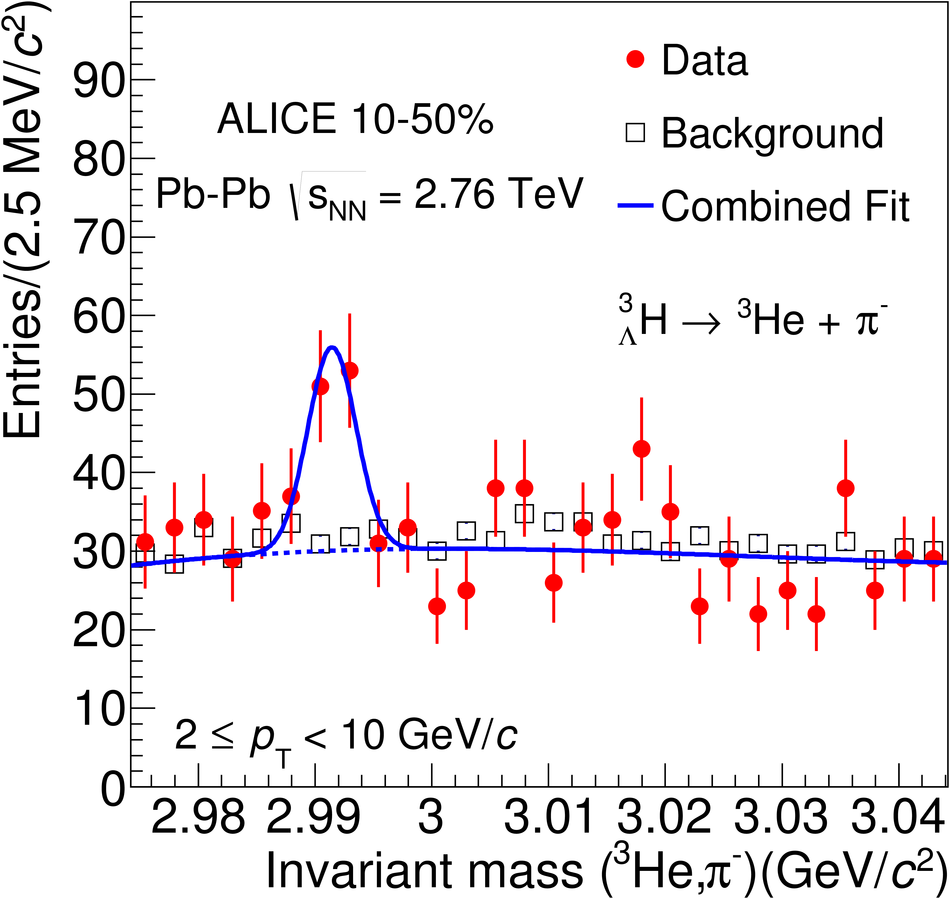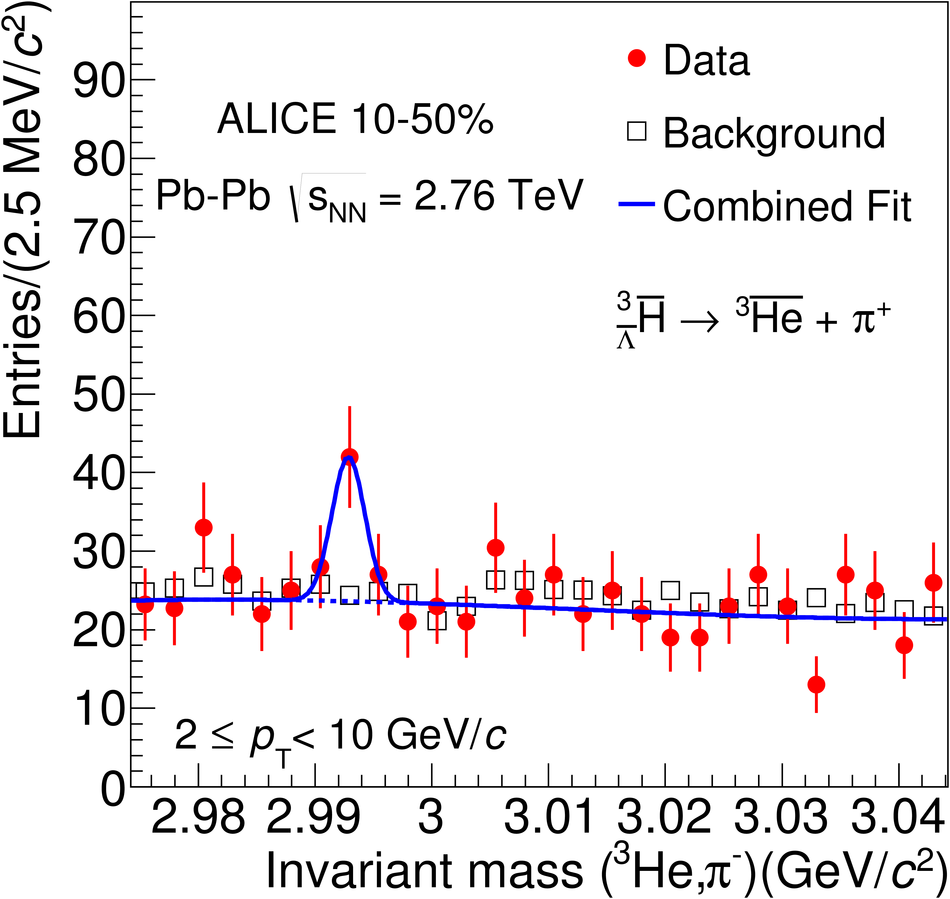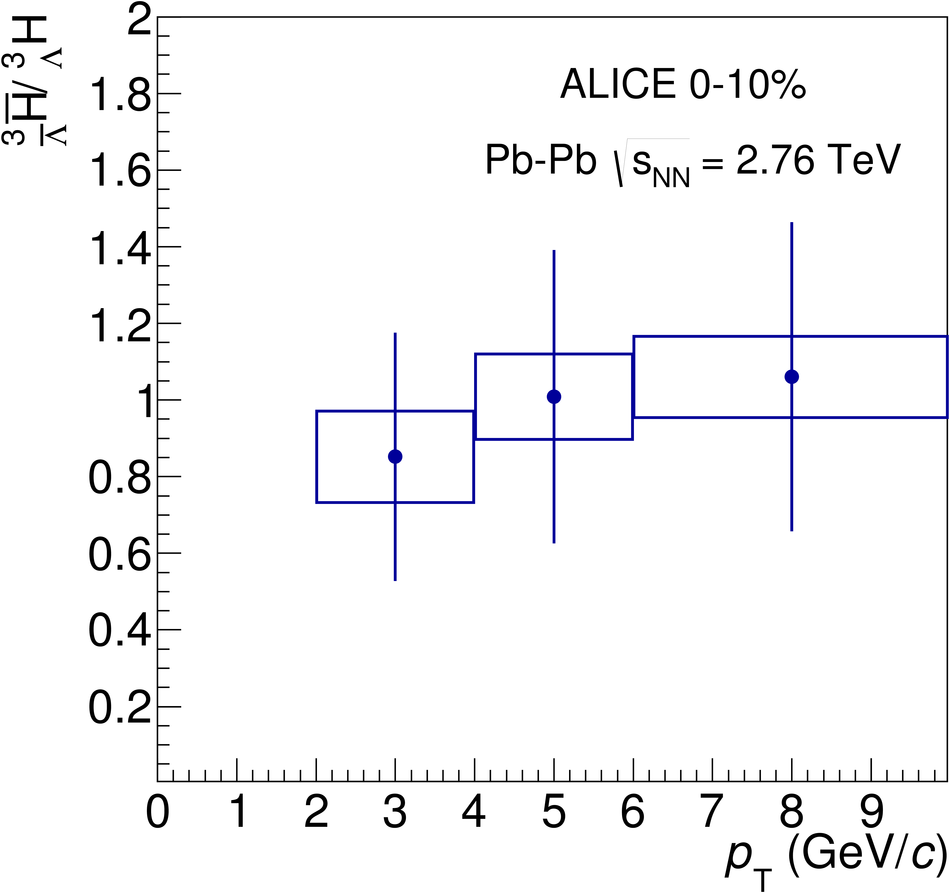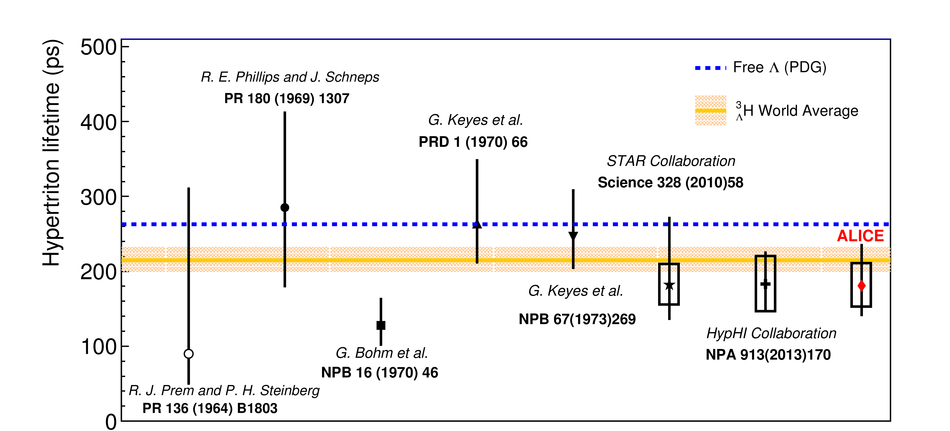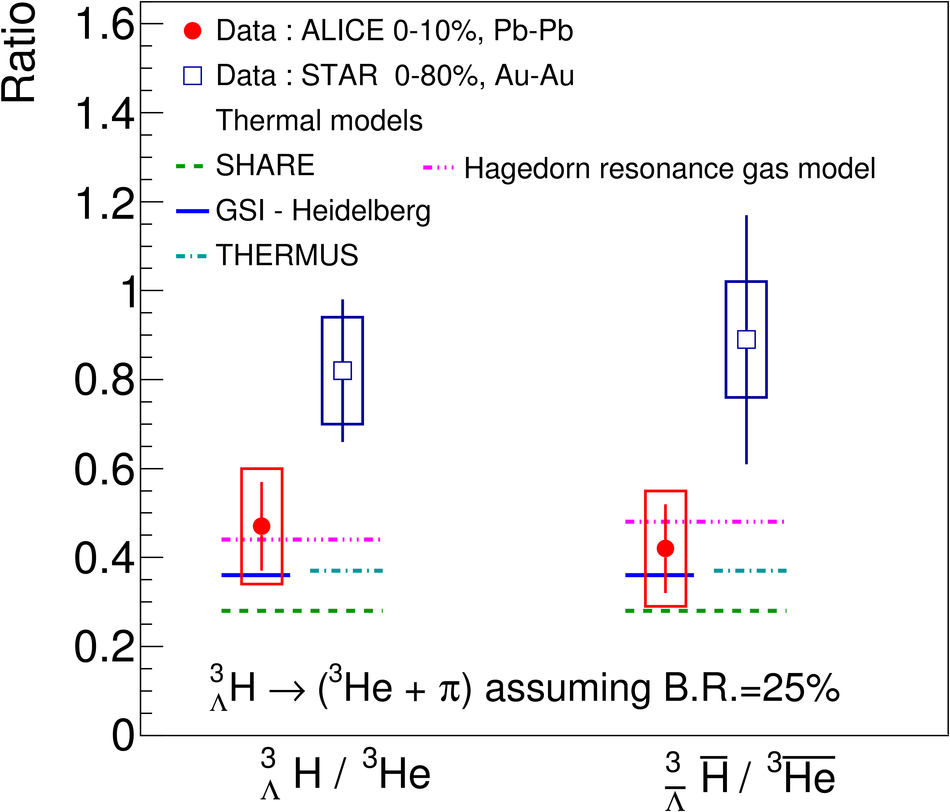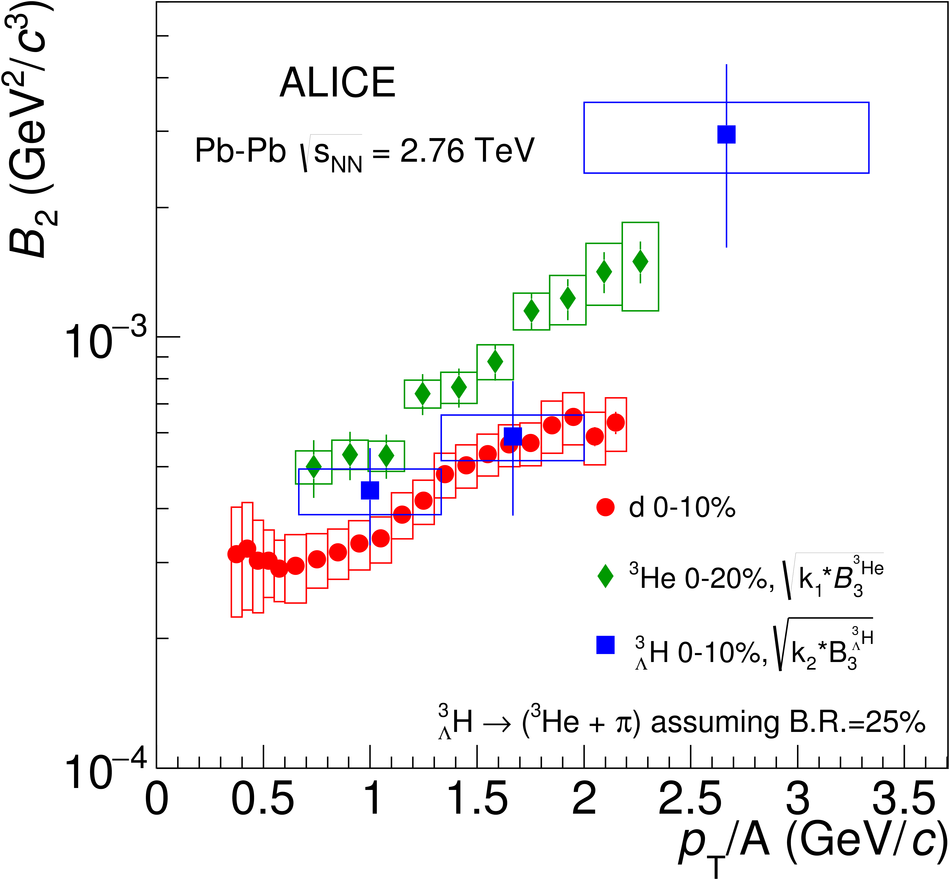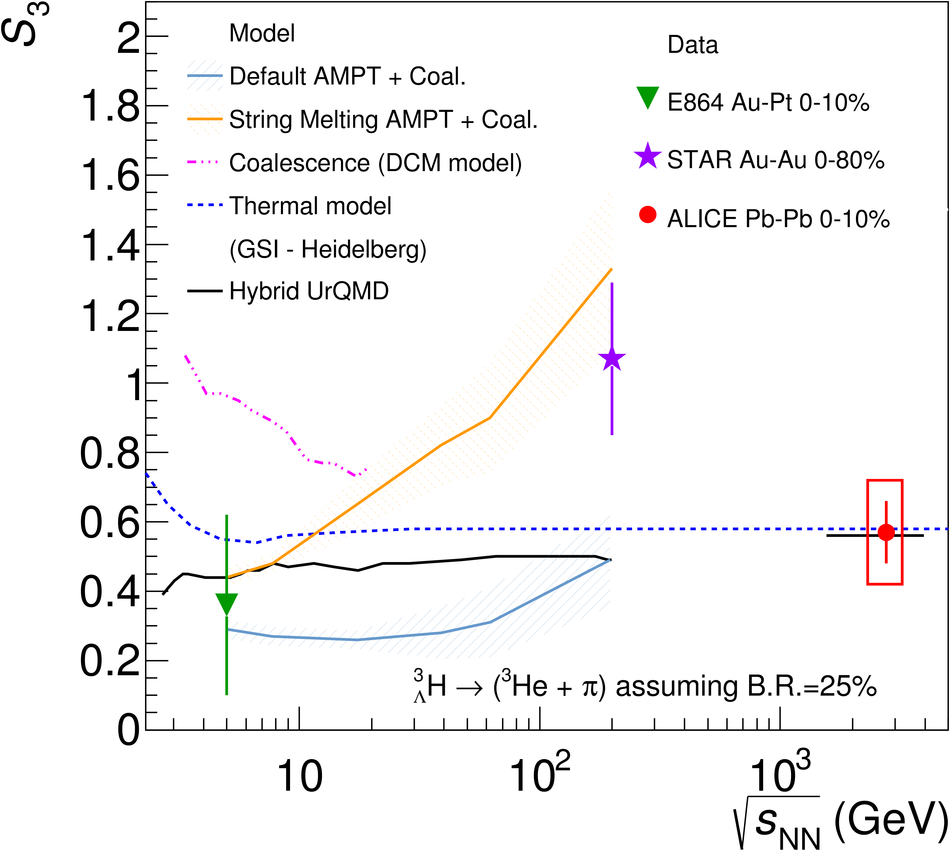The production of the hypertriton nuclei $^{3}_{\Lambda}\mathrm H$ and $^{3}_{\bar{\Lambda}} \overline{\mathrm H}$ has been measured for the first time in Pb-Pb collisions at $\sqrt{s_{\rm NN}}$ = 2.76 TeV with the ALICE experiment at LHC energies. The total yield, d$N$/d$y$ $\times \mathrm{B.R.}_{\left( ^{3}_{\Lambda}\mathrm H \rightarrow ^{3}\mathrm{He},\pi^{-} \right)} = \left( 3.86 \pm 0.77 (\mathrm{stat.}) \pm 0.68 (\mathrm{syst.})\right) \times 10^{-5}$ in the 0-10% most central collisions, is consistent with the predictions from a statistical thermal model using the same temperature as for the light hadrons. The coalescence parameter $B_3$ shows a dependence on the transverse momentum, similar to the $B_2$ of deuterons and the $B_3$ of $^{3}\mathrm{He}$ nuclei. The ratio of yields $S_3$ = $^{3}_{\Lambda}\mathrm H$/($^{3}\mathrm{He}$ $\times \Lambda/\mathrm{p}$) was measured to be $S_3$ = 0.60 $\pm$ 0.13 (stat.) $\pm$ 0.21 (syst.) in 0-10% centrality events; this value is compared to different theoretical models. The measured $S_3$ is fully compatible with thermal model predictions. The measured $^{3}_{\Lambda}\mathrm H$ lifetime, $ \tau = 181^{+54}_{-39} (\mathrm{stat.}) \pm 33 (\mathrm{syst.})\ \mathrm{ps}$ is compatible within 1$\sigma$ with the world average value.
Phys. Lett. B 754 (2016) 360-372
HEP Data
e-Print: arXiv:1506.08453 | PDF | inSPIRE
CERN-PH-EP-2015-105

